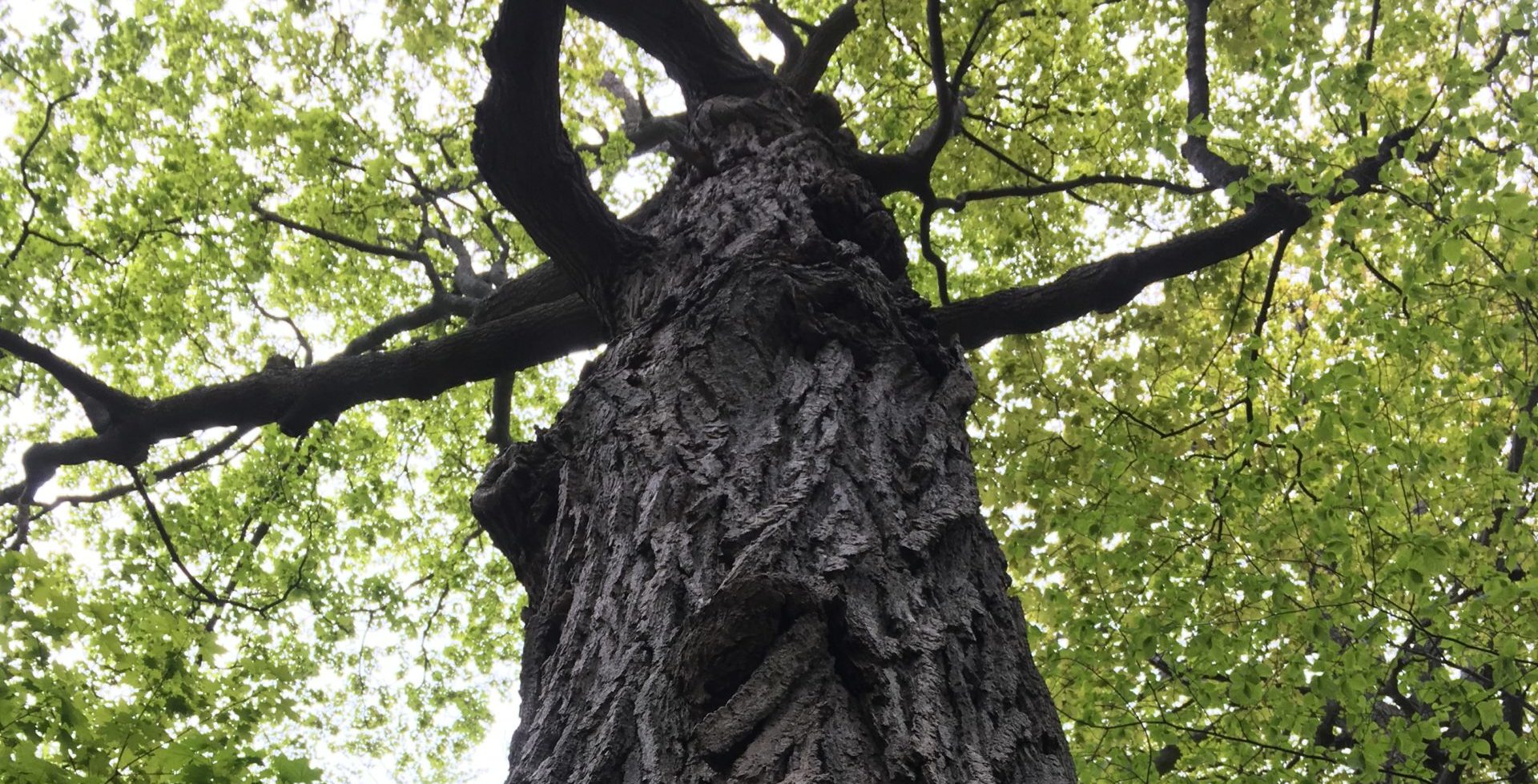Planting is NOT simply a matter of sticking a plant in the ground. If you have spent the time and money to source a good native plant, it is important to plant it properly. Take the time to watch this short video on how to plant a tree properly:
Often plants are root bound in their pots, which means their roots tangle around themselves in a circular motion. If roots continue to grow in a circular motion, the plant will eventually “strangle” or girdle itself. When transferring your native plant from it’s pot into the soil, gently rub and break apart the soil from the potted plant to release roots that are tightly tangled.
For general guidelines on planting trees, shrubs, and other perennials, check out:
Planting tip #1
Look around your ravine property and notice the native plants you already have. If a certain native species is striving, it is a good one to plant more of. However, it is also important to choose a variety of different native plants to promote biodiversity. Balance is key! Enhance the native plants that you already have, but don’t forget to add more biodiversity.
Planting tip #2
Ensure you match the conditions of your ravine land to the requirements of the native plants you are interested in planting. For example, consider the sun, shade and soil conditions of your property and only choose native plants that thrive in those conditions. Research each plant before spending money and talk to someone knowledgeable at the native plant nursery for extra help.
Once you’ve planted your native, always remember to…
- Water – young plants need to be watered adequately, especially in their first growing season. Look up the specific water requirements of your native plant. Make sure to water the entire root area of your plant but be careful not to water too much; you don’t want water to pool around the roots.
- Weed – Make sure to regularly check your property for unwanted invasive plants and weeds and remove them; especially ones growing right beside your native plants.
- Keep your roots healthy – Plant properly, untangling roots that are pot bound. Ensure that the hole is large enough with a “donut” mount to allow water to accumulate and penetrate to the roots. Hard, compact soil will not let water or air get into the root zone. If your soil is too compact and you need to improve soil quality, look around the ravine area and see if there is any native leaf litter nearby. Consider placing native leaf litter around your new planting, always keeping in mind that dumping garden waste or bagged leaves from your garden into the ravines is illegal. Just use small mounds of leaves found close by.
Plant roots:
- Anchor the plant to the ground
- Provide the plant with water and nutrients
- Store food so that plants can survive over winter
Plants are diverse and so are their root systems. Some plants have long, deep roots called “tap roots” while others have more widespread shallow roots. No matter what type they are, plants need healthy roots to survive.
What to expect
Don’t be discouraged if some native plants aren’t thriving; any steward knows that success typically involves trial and error. Soil type, moisture, sun levels, and other nearby plant and animal species can all impact your native plants. Watering your plants and trees is critical. Environmental conditions can vary greatly, even on the same property.
For your best chance of success, use our recommended lists and keep in mind the native plants you already have that are thriving. Patience is key because different plants may thrive in different years. You will gradually discover which ones work best while improving your planting skills and knowledge along the way!

